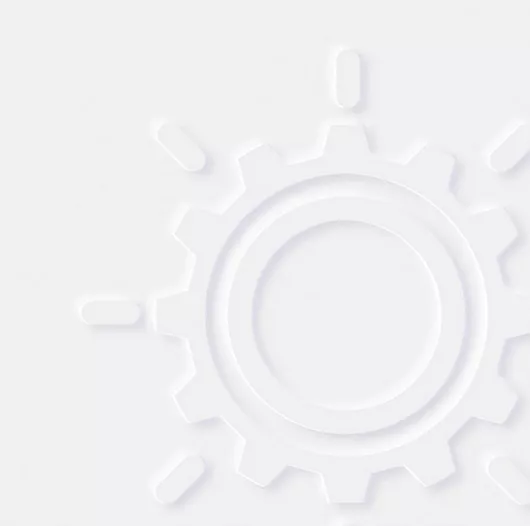Weaving a New Data Fabric into Lumada for Agile DataOps


Effective data management is the keystone holding together an organization’s digital transformation. When the data foundation is well-constructed, a company can enhance both its agility and its ability to monetize data and apply it to the pursuit of business objectives.
At Hitachi Vantara, we refer to the modern framework for managing data as a data fabric. A data fabric is an evolving concept that simplifies and integrates next-generation enterprise-wide data management and delivery across on-premises and multiple cloud environments. You may call it something else, but if you’re trying to connect data from your core, the edge, and the cloud in a way that strips complexity from data access and transformation to empower users, you’re constructing a data fabric.
That’s a lot of complexity to abstract. Ultimately, a data fabric must embrace previous data management practices–data lakes, data warehouses, data hubs, databases, etc., all while simplifying and automating the intricacies of data storage, movement, transformation, security, and processing. An effective data fabric automates data management operations, from connecting to sources, to ingesting and orchestrating the data for end-users to consume in various use case scenarios. If you think that a lot goes into a data fabric, you’re correct.
That’s where Hitachi Vantara Lumada comes in. Today Hitachi is excited to introduce several significant advances to optimize your data fabric and help your organization make substantial strides in its DataOps journey.
The new Hitachi Vantara Data Catalog version 7, part of the Lumada DataOps portfolio, brings AI capability to the challenge of unifying data across disparate silos and increasing data reliability to improve decision-making confidence and consistency. The enhanced catalog uses AI to discover data across the enterprise and automatically provides a data quality score that enables organizations to gauge data reliability. Not only do these scores provide a guide for analysts in their reporting, but they also offer companies a firm basis for evaluating the efficacy of their efforts to improve data sources, data pipelines, and overall data management over time.
Knowing whether or not you can trust your data is also essential to automating operations. For example, when one U.S. state sought to increase its use of automation to reduce errors in banking-related data operations, it first needed to understand its data’s provenance, lineage, and reliability. With a uniform and quantifiable view of all its data, the state arrived at a single version of the truth it could provide to systems and users for day-to-day operations and decision-making purposes.
Using Hitachi Vantara’s Data Catalog, a regional Northeastern US bank automated its discovery process. The organization applied machine learning to handle data classification and feed a ubiquitous data catalog that unified all of the bank’s relevant data from across their hybrid cloud environment. Not only was this fast and more accurate than any previous method the organization had employed, but the bank also lowered its operating costs.
Hitachi Vantara has also announced the new Lumada Industrial DataOps portfolio and core IIoT platform framework software capabilities alongside Lumada DataOps. Built on the IIOT Core, Data Catalog, Data Integration and Analytics, this Lumada Industrial DataOps portfolio release will make it easier for your organization to reduce technology costs and risk while improving the organization’s agility to take advantage of real-time insights and outcomes, making your critical operations more predictable and manageable.
Extending the strong reputation of Lumada vertical industry solutions, Lumada Industrial DataOps significantly improves an organization’s ability to apply business IT-focused DataOps principles to a wide variety of industrial data management and application use cases. Lumada Industrial DataOps accelerates the convergence of existing IT with growing IIoT and operational technology (OT) data sources to bring powerful new software-based capabilities and products to life. Organizations can speed the development of highly granular digital twins that can be combined with new IIoT Analytics Machine Learning models that provide templates for critical activities such as anomaly prediction and detection.
A major theme park’s operations and IT teams used these capabilities to develop a predictive maintenance capability for amusement rides. By combining real-time data from sensors with historical data and other sources, the company has reduced cost and increased uptime to maximize its engagement with park visitors.
The latest Hitachi Vantara Pentaho Long-Term Support release version 9.3, a part of Lumada DataOps, provides a significant step in the journey towards a seamless hybrid cloud deployment solution. This release simplifies decisions when it comes to managing all of your data operations between on-premises and cloud environments. New and updated plugin connectors increase support for MongoDB Atlas, Teradata, Elastic Search7.x and IBM MQ 9.2, and many other data clouds, expanding the possibilities for data integration in the cloud. Pentaho is the cornerstone for optimizing your enterprise data fabric to automate and integrate data from multiple clouds, the edge, and your datacenter. Pentaho provides the foundation that enables unified data views and helps meet security, privacy, and compliance requirements.
Companies have made tremendous strides in increasing the number and variety of data sources. With these latest innovations, Hitachi Vantara is helping companies put that valuable data to work through effective data management. The next evolution of your data fabric has arrived!
Be sure to check out Insights for perspectives on the data-driven world.